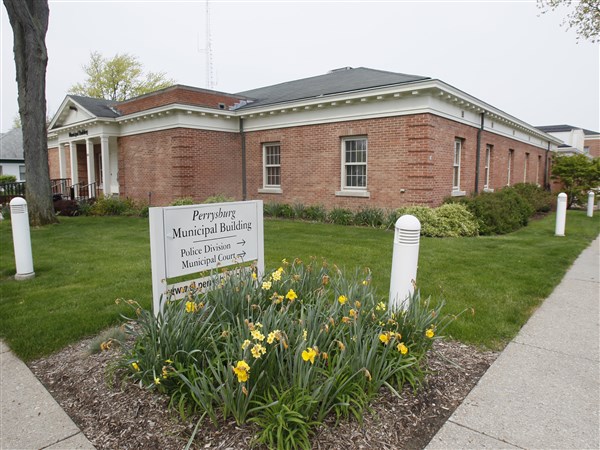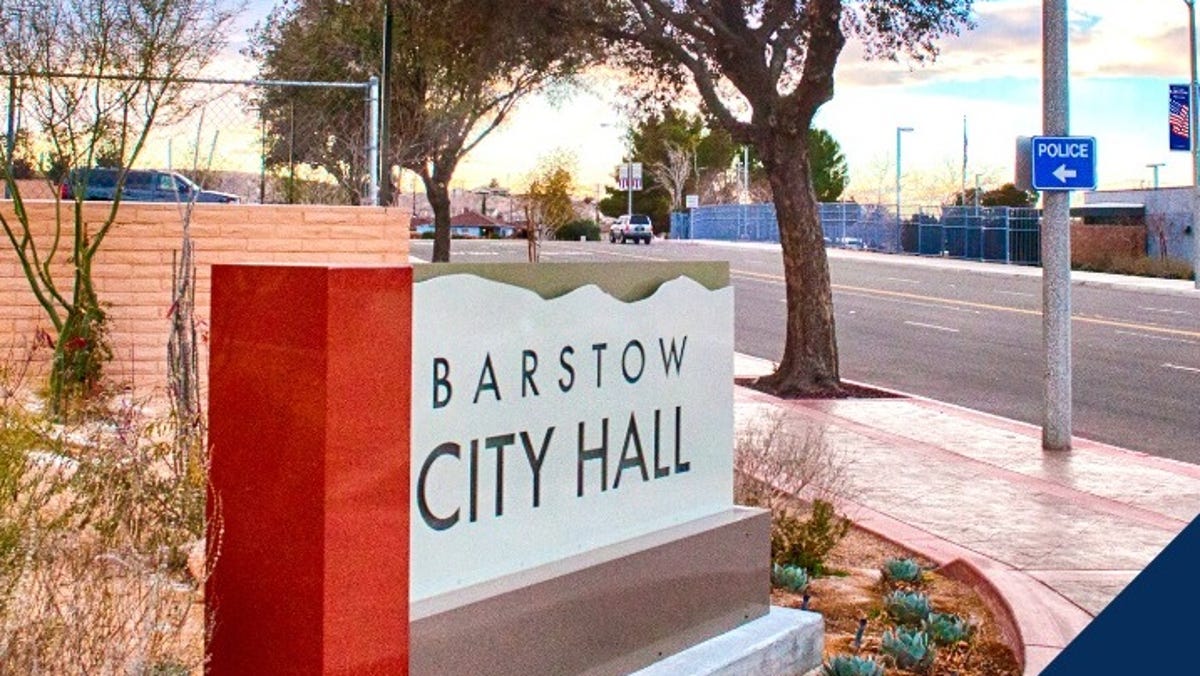Small Business Lifeline: How Smart Policies Are Turning the Tide for Entrepreneurs

When we think about the American business landscape, corporate giants often steal the spotlight. However, the true heart of the U.S. economy beats in the countless small and medium-sized enterprises that often go unnoticed. Recent census data reveals a striking perspective: out of a staggering 32.6 million businesses across the United States, fewer than 21,000 actually employ more than 500 people.
This statistic paints a vivid picture of the entrepreneurial spirit that drives the nation's economic engine. The vast majority of businesses are not towering corporate headquarters, but rather local shops, family-owned enterprises, and innovative startups that form the backbone of communities nationwide. These smaller businesses represent diversity, adaptability, and the quintessential American dream of building something from the ground up.
While big businesses may dominate headlines and market capitalization, the real economic dynamism lies in the millions of smaller enterprises that create jobs, foster innovation, and contribute to local economies across the country. Their resilience and creativity continue to be the unsung heroes of the American economic landscape.








